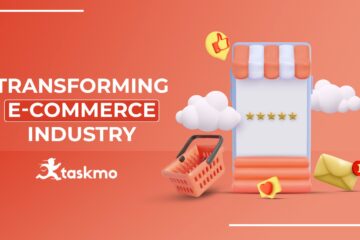In today’s digital age, the internet has become a treasure trove of valuable data. From online shopping trends to customer reviews, there is a wealth of information that can be extracted and analyzed to drive business decisions. However, collecting this data can be a daunting task, especially when dealing with large volumes of data. This is where web crawling comes into play.
Web crawling, also known as web scraping, is the process of automatically extracting data from websites. It involves the use of automated bots, also known as spiders or crawlers, to visit websites and extract relevant data. Web crawling is used extensively in various industries, including e-commerce, social media, and online marketing.
There are many reasons why businesses use web crawling to extract data. For example, they may use it to monitor competitor prices, track product reviews, or gather customer feedback. Web crawling can also be used to extract data for research and analysis, such as sentiment analysis or trend analysis.
In order to extract data with web crawling, it’s important to first understand how the process works. The following are the basic steps involved in web crawling:
- Identify the target website: The first step in web crawling is to identify the website or websites from which data needs to be extracted.
- Determine the data to be extracted: Once the target website has been identified, the data to be extracted needs to be determined. This can include text, images, videos, or any other type of content.
- Build a web crawler: A web crawler needs to be built to visit the target website and extract the desired data. This can be done using programming languages like Python or Ruby.
- Extract the data: Once the web crawler has been built, it can be set to work extracting the desired data from the target website. The extracted data can then be stored in a database or analyzed further.
While web crawling can be a powerful tool for data extraction, it’s important to note that it can also be a legally and ethically sensitive issue. Some websites may prohibit web crawling or may require permission to access their data. Additionally, web crawling can be considered unethical if it is used to extract personal information without consent.
In order to ensure that web crawling is done ethically and legally, it’s important to follow certain best practices. These include:
- Respect website terms of use: Before beginning web crawling, it’s important to read and understand the terms of use for the target website. If the website prohibits web crawling or requires permission, it’s important to comply with these guidelines.
- Use a user-agent string: A user-agent string is a text string that identifies the web crawler to the target website. Including a user-agent string in the web crawler can help to identify it as a legitimate bot.
- Don’t overload the target website: Web crawling can put a strain on the target website’s servers. It’s important to ensure that the web crawler is not overloading the website with requests.
- Handle errors gracefully: Errors can occur during web crawling, such as pages that don’t load or content that is not found. It’s important to handle these errors gracefully and not overload the target website with repeated requests.
In conclusion, web crawling is a powerful tool for data extraction that can be used in a variety of industries. By following best practices and ensuring ethical and legal compliance, businesses can leverage web crawling to extract valuable insights and make informed decisions.




